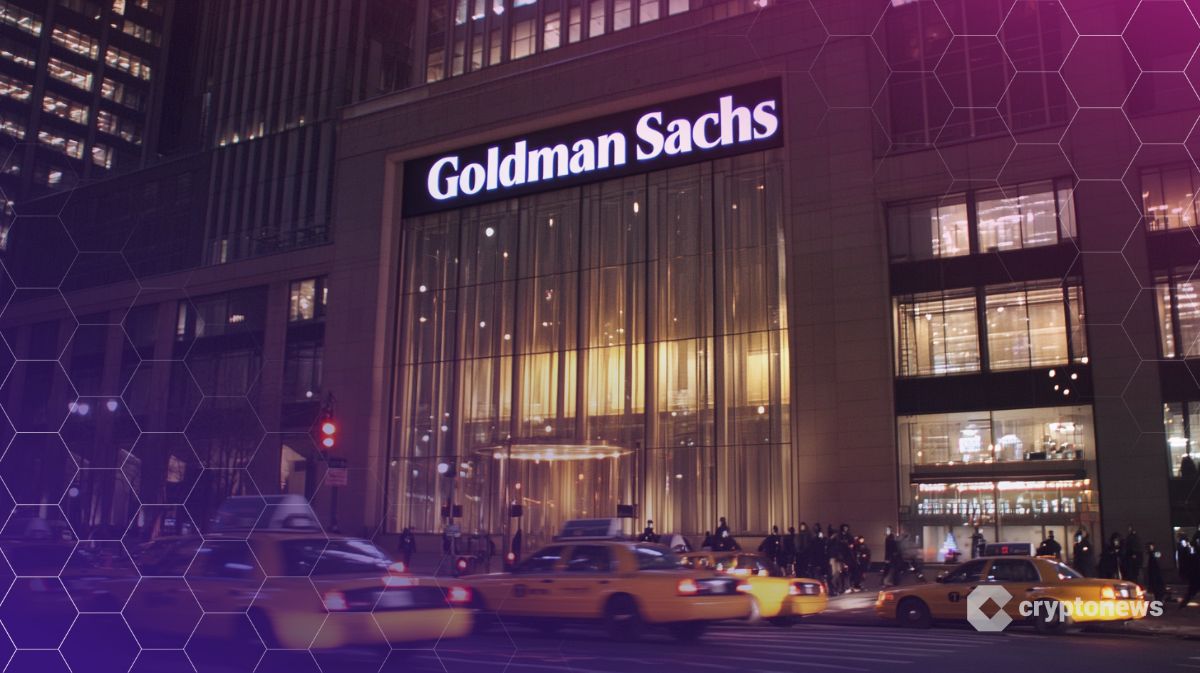Sentora: The holding cost of about 4.1 million Ethereum addresses is around $3,100, and there may be a large-scale sell-off
2025/07/11 15:46
PANews reported on July 11 that according to Sentora data, Ethereum has less resistance between $3,000 and $3,100, but if it breaks through $3,100, there may be a large sell-off. The reason is that about 4.1 million addresses holding ETH have been losing money in the past six months, and the price will recover when it reaches $3,100.
Disclaimer: The articles reposted on this site are sourced from public platforms and are provided for informational purposes only. They do not necessarily reflect the views of MEXC. All rights remain with the original authors. If you believe any content infringes on third-party rights, please contact service@support.mexc.com for removal. MEXC makes no guarantees regarding the accuracy, completeness, or timeliness of the content and is not responsible for any actions taken based on the information provided. The content does not constitute financial, legal, or other professional advice, nor should it be considered a recommendation or endorsement by MEXC.
You May Also Like

Goldman Sachs and BNY Mellon Launch Tokenized Money Market Funds for Institutions
Key Takeaways: Goldman Sachs and BNY Mellon have launched tokenized money market funds for institutional clients. Initial participants include BlackRock, Fidelity, Federated Hermes, and the asset arms of both banks. The platform allows real-time ownership tracking and may support future use in collateral management and settlement. Goldman Sachs and Bank of New York Mellon have launched a system allowing institutional clients to access tokenized money market funds. According to a CNBC report published on July 23, the offering targets the $7.1 trillion market, uses Goldman’s blockchain platform to record fund ownership, and is integrated with BNY’s custody services. BlackRock and Fidelity Funds Already Available Clients can invest in tokenized share classes of money market funds managed by BlackRock, Fidelity Investments, Federated Hermes, and the asset management divisions of both Goldman and BNY. The product is built for institutional users, including hedge funds, pension funds, and corporates. BNY’s LiquidityDirect and @GoldmanSachs ’ Digital Asset Platform have collaborated to launch tokenized money market funds (MMFs). 🤝 This significant initiative sets our clients on a path to access a new capability to increase the utility and potential transferability of MMFs in… pic.twitter.com/WJ1lv7m6T4 — BNY (@BNYglobal) July 23, 2025 “We have created the ability for our clients to invest in tokenized money market share classes across a number of fund companies,” said Laide Majiyagbe, Global Head of Liquidity, Financing, and Collateral at BNY. “The step of tokenizing is important, because today that will enable seamless and efficient transactions, without the frictions that happen in traditional markets,” said Majiyagbe. Unlike stablecoins, which serve primarily as a medium of exchange, tokenized money market funds offer yield and may function as cash-equivalent holdings for large financial institutions. According to Goldman and BNY, the funds could eventually be transferred between financial intermediaries without first converting to fiat currency. Goldman Sachs and BNY Target $7.1 Billion Market Mathew McDermott, Global Head of Digital Assets at Goldman Sachs, said the structure supports future use in collateral and trade settlement. “The sheer scale of this market just offers a huge opportunity to create a lot more efficiency across the whole financial plumbing,” he said. “That is what’s really powerful, because you’re creating utility in an instrument where it doesn’t exist today,” said McDermott. The firms see this step as supporting real-time settlement and reducing operational frictions tied to traditional finance infrastructure. They also framed it as complementary to regulatory developments such as the recent GENIUS Act , which establishes a federal framework for stablecoins. According to the report, U.S. money market funds hold about $7.1 trillion in assets, with roughly $2.5 trillion flowing into the space since the Federal Reserve began raising rates in 2022. Most are backed by short-term government or commercial debt. The service is currently limited to institutional users and fund providers participating in the platform. Institutional interest in programmable finance is growing, and assets like money market funds can be embedded into automated workflows across settlement, margining, and treasury operations. Such tokenized instruments could play a central role in modernizing how institutions manage liquidity and collateral across global markets. Frequently Asked Questions (FAQs) What are the tax implications for institutions holding tokenized fund shares? While ownership structure remains similar to traditional funds, the digital nature may raise questions around jurisdiction, timing of income recognition, and reporting obligations. Could tokenized funds allow 24/7 liquidity access? If integrated with global custodians and interoperable ledgers, institutions may eventually move capital between regions outside of standard market hours. What legal structures govern these digital fund shares? Each share remains subject to existing securities regulation, but the ownership ledger is now maintained on a permissioned blockchain, allowing traceability without changing asset classification.
Share
CryptoNews2025/07/24 01:01

Investors Rotate from Bitcoin to Ethereum and Altcoins: CryptoQuant Report
Recent market dynamics suggest investors may be shifting their focus from Bitcoin to Ethereum and broader exposure of altcoins, according to the latest CryptoQuant report. First time in over a year: ETH spot volume > BTC Last week, ETH spot trading hit $25.7B vs. BTC’s $24.4B, pushing the ETH/BTC spot volume ratio above 1 for the first time since June 2024. Investors are rotating to ETH and Altcoins. pic.twitter.com/X7mBFVCg5Y — CryptoQuant.com (@cryptoquant_com) July 23, 2025 Ethereum has outperformed Bitcoin by 72% since April, with its ETH/BTC ratio climbing from 0.018 to 0.031—the highest point since January 24, reports CryptoQuant. This upward trend aligns with earlier analyses showing Ethereum’s undervaluation relative to Bitcoin and growing demand for ETH-based assets. The reduced selling pressure on Ethereum, alongside greater accumulation by institutional and retail investors, is fueling this momentum. Data from CryptoQuant shows that fewer ETH tokens are being transferred to exchanges compared to Bitcoin, pointing to confidence in Ethereum’s price stability and future potential. Spot Volume and ETF Trends Reflect Investor Rotation Trading volumes show a change in market sentiment. For the first time since June 2024, Ethereum’s weekly spot volume surpassed Bitcoin’s, with ETH reaching $25.7 billion versus Bitcoin’s $24.4 billion. First time in over a year: ETH spot volume > BTC Last week, ETH spot trading hit $25.7B vs. BTC’s $24.4B, pushing the ETH/BTC spot volume ratio above 1 for the first time since June 2024. Investors are rotating to ETH and Altcoins. pic.twitter.com/X7mBFVCg5Y — CryptoQuant.com (@cryptoquant_com) July 23, 2025 This reversal suggests a rising appetite for ETH among traders. Additionally, ETF data reinforce this pattern. The ETH/BTC ETF Holding Ratio has more than doubled, moving from 0.05 to 0.12, indicating that funds are allocating more capital to Ethereum than to Bitcoin. Altcoin Market Sees Renewed Momentum It’s not just Ethereum that’s benefiting. The broader altcoin market is showing renewed strength, with spot trading volume reaching $67 billion on July 17—the highest level since March. This surge suggests that investor interest is broadening beyond the two dominant cryptocurrencies, reports CryptoQuant. Traders appear to be diversifying their portfolios, taking positions in assets they perceive as undervalued or primed for growth during the next leg of the crypto market cycle. The combined factors of Ethereum’s price surge, reduced exchange inflows, and growing ETF demand indicate a market shift that may continue to favor altcoins in the near term.
Share
CryptoNews2025/07/24 02:07

Sen. Lummis slams Fed Chair Powell over his role in Operation Chokepoint 2.0
Bitcoin reserve advocate Sen. Cynthia Lummis provided critical comments on Jerome Powell’s role in Operation Chokepoint 2.0. Additionally, she echoed Rep. Anna Luna’s allegations concerning Powell’s perjury. Is that a new turn in Donald Trump’s war on Powell? Sen. Lummis’…
Share
Crypto.news2025/07/24 01:12